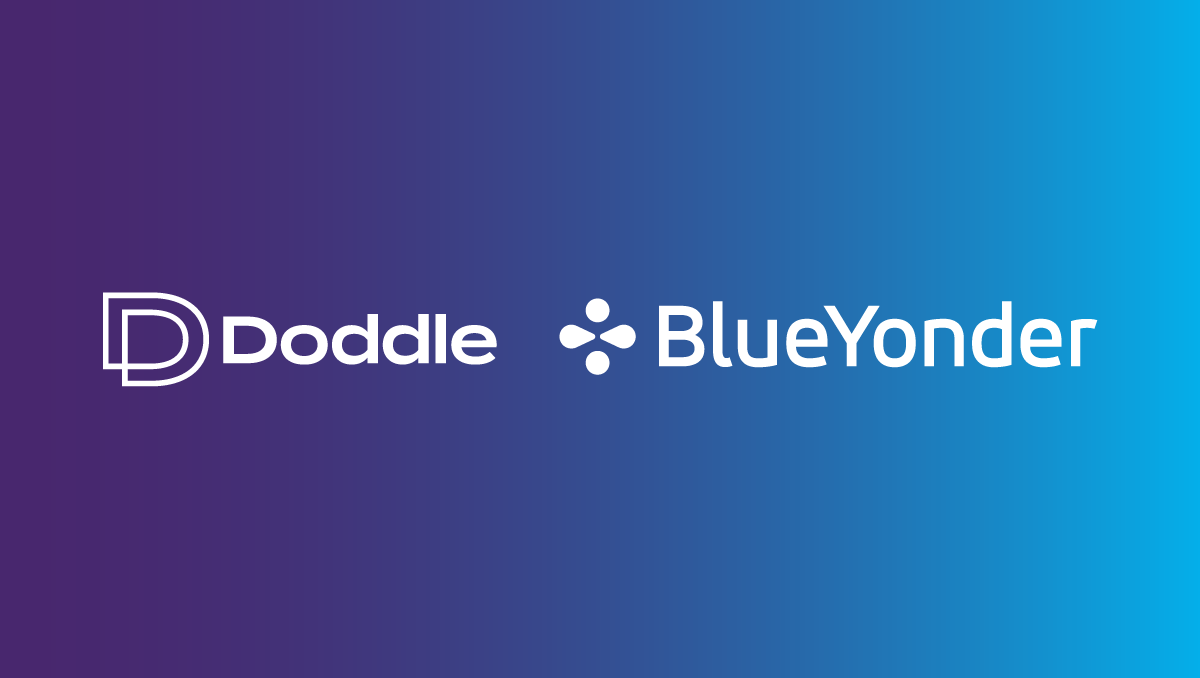Insight / Blog
5 ways for fashion brands to reduce the cost of ecommerce returns

“One UK department store is said to have recently told suppliers that any online order under the value of £30 is unprofitable.”
A recent Drapers investigation into online fashion retail’s cost problems paints an uncompromisingly glum picture of the profitability and challenges in ecommerce. Returns seem to public enemy number one for fashion brands and retailers.
This post is part of our series on eCommerce Returns. Check out our master Guide to eCommerce Returns for a full insight on how to improve your customer experience and make returns more profitable.
Former LK Bennet CEO Erica Vilkauls is quoted saying that returns is ‘the big profit killer’; and referred to ecommerce directors who complained of 70% returns rates. Unsurprisingly this is prohibitively costly to the business and a drag on ecommerce growth.
So how can fashion retailers reduce the cost of ecommerce returns and move towards a more profitable model where returns rates are reduced?
1. Better product information
Customers often return because the item they receive is not what they expected. Giving them a better idea of what to expect not only reduces returns due to incorrect expectations, it can also improve conversion. Better product information, descriptions and most crucially images and videos all factor into conversion and give customers a clearer idea of what to expect, reducing the rate of returns.
2. Intelligent sizing assistance
Fashion brands suffer some of the worst return rates and highest ratios of returns costs to item value of any industry. One of the biggest contributors to return rates in fashion is customers ordering the wrong size or ordering multiple sizes to be sure of getting the right fit.
By offering clearer sizing information, for example using sizing charts to show the measurements a given size will fit, or a recommended size personalised to a customer’s purchase and return history. Harnessing this data allows retailers to recommend the right size for a customer, using size data from the purchases they kept versus those they returned.
3. User-generated content
One of the best ways to generate more and better product content and information is to encourage users to create their own, with reviews and social posts highlighting their experience with the product. Just like investing in higher quality imagery and video, user-generated content has a positive impact on conversion as well as helping customers to understand what they’re buying.
4. Reducing out-of-stock time
Returns cost is not just about the cost of postage or the revenue loss from a refund; it’s also about the time a product spends not being sold. A high value product spending a long time off the shelves (whether virtual or physical) is a cost to the retailer. Reducing this time results in more profitable returns. Achieving this reduction requires intelligent routing and better contextual understanding, for example recognising the potential profit of one returned product compared to another.
5. Adaptive returns proposition
Reducing the cost of ecommerce returns requires retailers, paradoxically, to invest in them. If they can track and understand the profitability of individual customers who come to return a product, they can adapt their returns offer to fit.
For example, a highly profitable and loyal customer can be treated to instant refunds, while a customer who returns excessively might need to start paying for their returns.
Topics:
Related articles
How 3PLs Can Cut Costs, Reduce Waste and Boost Revenue With Smart Returns Management
3PLs should take advantage of returns to help reduce cost, efficiently manage warehouse resources, and aid growth.
Saving profits and the planet: 4 ways to sustainable & cost-effective returns
Returns drain profits and damage sustainability. Luckily, retailers can implement both cost-effective and sustainable returns using these 4 ways.
Speedy refunds: creating happy customers through fast & effective returns
Find out how speedy refunds can recapture revenue, increase customer loyalty and boost lifetime value.











